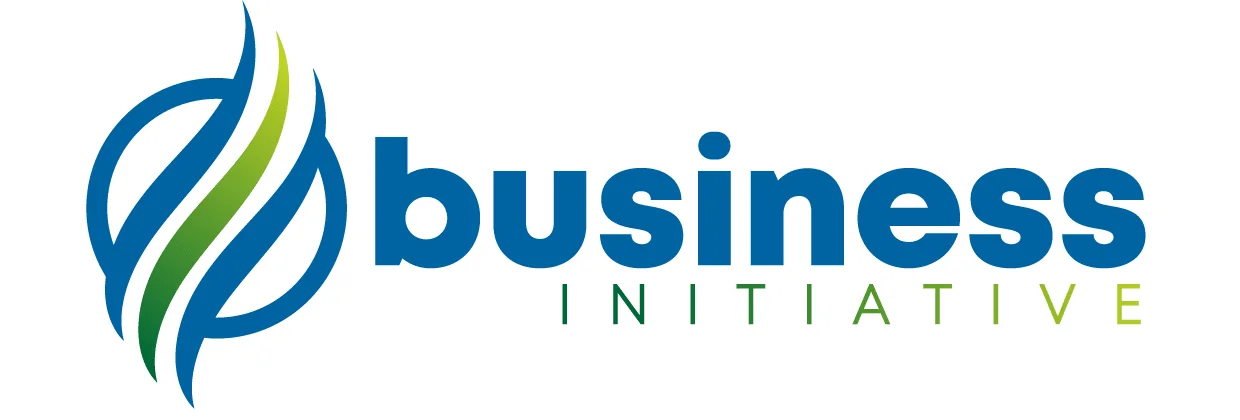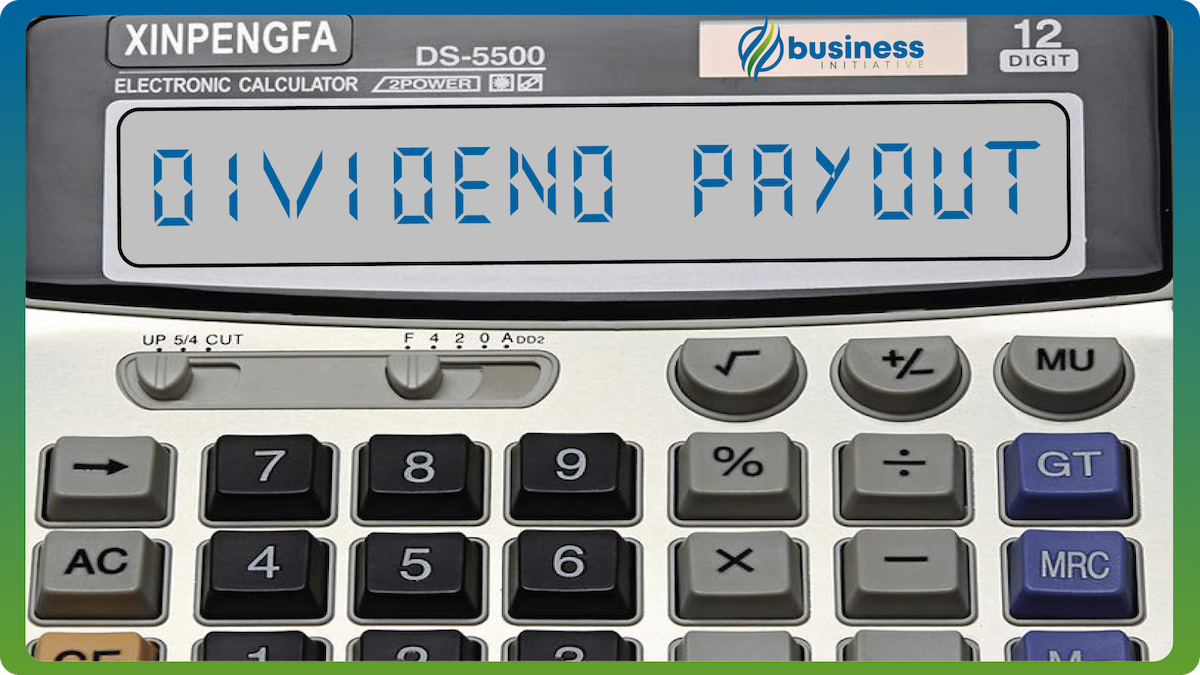Making informed decisions about profit distribution is crucial for business sustainability. Our dividend payout calculator helps you analyze different scenarios and find the right balance between dividends and retained earnings.
Dividend Payout Calculator Features
- Instant Calculations: Get immediate dividend distribution amounts
- Scenario Analysis: Compare different payout ratios
- Visual Analytics: See distribution breakdowns
- Historical Tracking: Monitor payout trends
- Retention Planning: Analyze impact on retained earnings
How to Use This Calculator
- Enter Financial Data: Input total profit and current retained earnings
- Set Payout Ratio: Choose your desired dividend payout percentage
- View Results: See dividend amounts and remaining retained earnings
- Compare Scenarios: Test different payout ratios
- Analyze Impact: Review effect on business liquidity
Dividend Payout Calculator
Understanding Dividend Distributions
Payout Ratio
- Percentage of profit distributed as dividends
- Higher ratios mean more immediate returns
- Lower ratios support long-term growth
Retained Earnings
- Profits kept in the business
- Funds future growth and investments
- Provides financial stability
Distribution Health
- Balances shareholder returns with business needs
- Considers long-term sustainability
- Accounts for growth requirements
Best Practices for Dividend Planning
- Consider Business Stage
- Growth phase may require lower payouts
- Mature businesses can often distribute more
- Balance current returns with future needs
- Maintain Financial Health
- Keep adequate retained earnings
- Consider future capital needs
- Monitor industry standards
- Plan for Consistency
- Establish sustainable payout ratios
- Consider long-term dividend policy
- Build reliable shareholder expectations
- Review Regularly
- Adjust for business performance
- Consider market conditions
- Monitor financial stability
Stay informed about business strategies and tools by following us on X (Twitter) and subscribing to our newsletter.
FAQs - Frequently Asked Questions About Dividend Payouts

What is a dividend payout ratio and how is it calculated?
The dividend payout ratio is the percentage of net income distributed to shareholders as dividends.
It's calculated by dividing total dividends by net income.
Learn More...
The dividend payout ratio is a key financial metric that shows how much of a company's earnings are returned to shareholders.
Key aspects of the payout ratio:
- Formula: (Total Dividends ÷ Net Income) × 100
- Industry averages vary significantly (20-80%)
- Growth companies often have lower ratios (<25%)
- Mature companies typically have higher ratios (40-60%)
The ratio helps investors understand:
- Company's dividend sustainability
- Growth vs. distribution balance
- Business maturity stage
A sustainable payout ratio should leave enough earnings for business operations and growth.
How do I determine the right dividend payout ratio for my business?
Consider your business stage, growth plans, and industry standards.
Balance shareholder returns with business reinvestment needs.
Learn More...
Determining the optimal payout ratio requires analyzing multiple factors:
Business Stage:
- Startups: 0-10% (focus on growth)
- Growth Phase: 15-30% (balance growth and returns)
- Mature Business: 40-60% (stable returns)
Industry Factors:
- Cash flow stability
- Capital intensity
- Market competition
Additional considerations:
- Future investment needs
- Debt obligations
- Shareholder expectations
- Tax implications
Regular review and adjustment of the ratio ensures long-term sustainability.
What are signs that my dividend payout ratio might be too high?
Warning signs include declining retained earnings, cash flow strain, and difficulty funding operations.
A ratio above 80% is generally considered high risk.
Learn More...
Several indicators suggest an unsustainable payout ratio:
Financial Warning Signs:
- Declining cash reserves
- Increasing debt to fund dividends
- Reduced investment in growth
Operational Indicators:
- Delayed maintenance or upgrades
- Reduced R&D spending
- Staff or budget cuts
Industry research shows:
- 75% of companies with >80% payout ratios reduce dividends within 5 years
- 50% face significant financial stress within 3 years
Consider reducing payouts if multiple warning signs appear.
How often should dividends be reviewed and adjusted?
Review dividend policies quarterly, with major adjustments annually.
Align reviews with financial reporting cycles.
Learn More...
Effective dividend management requires regular monitoring and strategic adjustments.
Recommended review schedule:
- Monthly: Track payout capacity
- Quarterly: Review financial impact
- Annually: Strategic policy review
- Event-based: Major business changes
Key review factors:
- Financial performance trends
- Market conditions
- Growth opportunities
- Competitor actions
Studies show companies with regular dividend reviews outperform those with static policies by 15%.
How do retained earnings impact business growth?
Retained earnings fund business growth, investments, and provide financial stability.
Higher retention rates typically support faster growth.
Learn More...
Retained earnings are crucial for sustainable business growth and stability.
Impact on business areas:
Growth Opportunities:
- New market expansion
- Product development
- Technology upgrades
Financial Strength:
- Emergency reserves
- Debt reduction
- Credit worthiness
Research indicates:
- Companies retaining >60% of earnings grow 2-3x faster
- Higher retention rates correlate with better crisis survival
- Each 10% increase in retention typically yields 7% higher growth
Balance retention with shareholder returns based on growth stage and opportunities.


